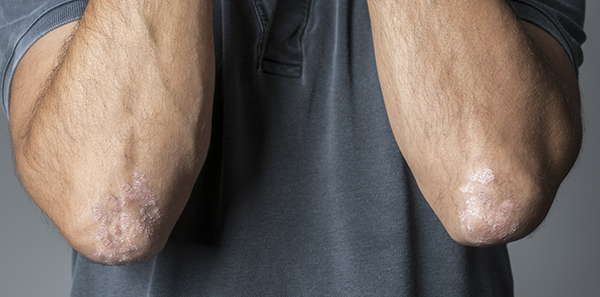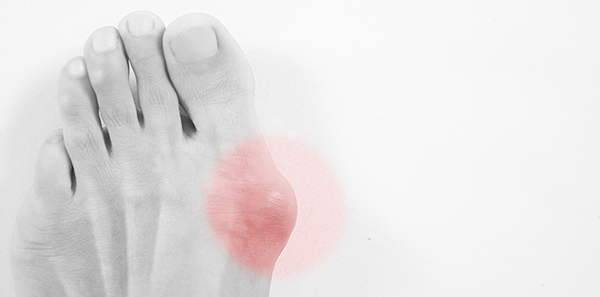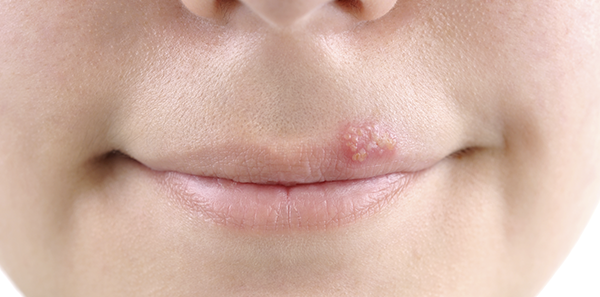
Psoriasis is a chronic inflammatory disease that manifests itself on skin and joints and affects between 1-2% of the population. It can start at any age, but it generally first starts to appear between the ages of 15 and 30.
It is considered a multi-factorial process with a genetic basis. There are predisposing genetic factors and triggering factors, such as trauma, infection, some drugs, weather changes, emotional stress and many others.
The cause of the disease is unknown and it is chronic and recurring, appearing in the form of well-defined reddish, scaly patches of differing sizes. Itching is usually mild and the most affected areas are usually the scalp, the lumbosacral region (lower back) and the extension surface on extremities, especially elbows and knees. It can also affect the palms and soles of the feet, as well as nails, known as nail psoriasis.
In addition to the skin, up to 40% of patients present with affected joints. This arthritis is seronegative, that is, it does not show up in laboratory tests. The most frequent form is asymmetric oligoarthritis, followed by symmetric arthritis and spinal affectations.
Treatment will depend on the severity of the lesions, ranging from creams, especially topical corticosteroids in mild psoriasis, to phototherapy or systemic drug treatments in more severe psoriasis. Biological drugs have also come into use recently.












